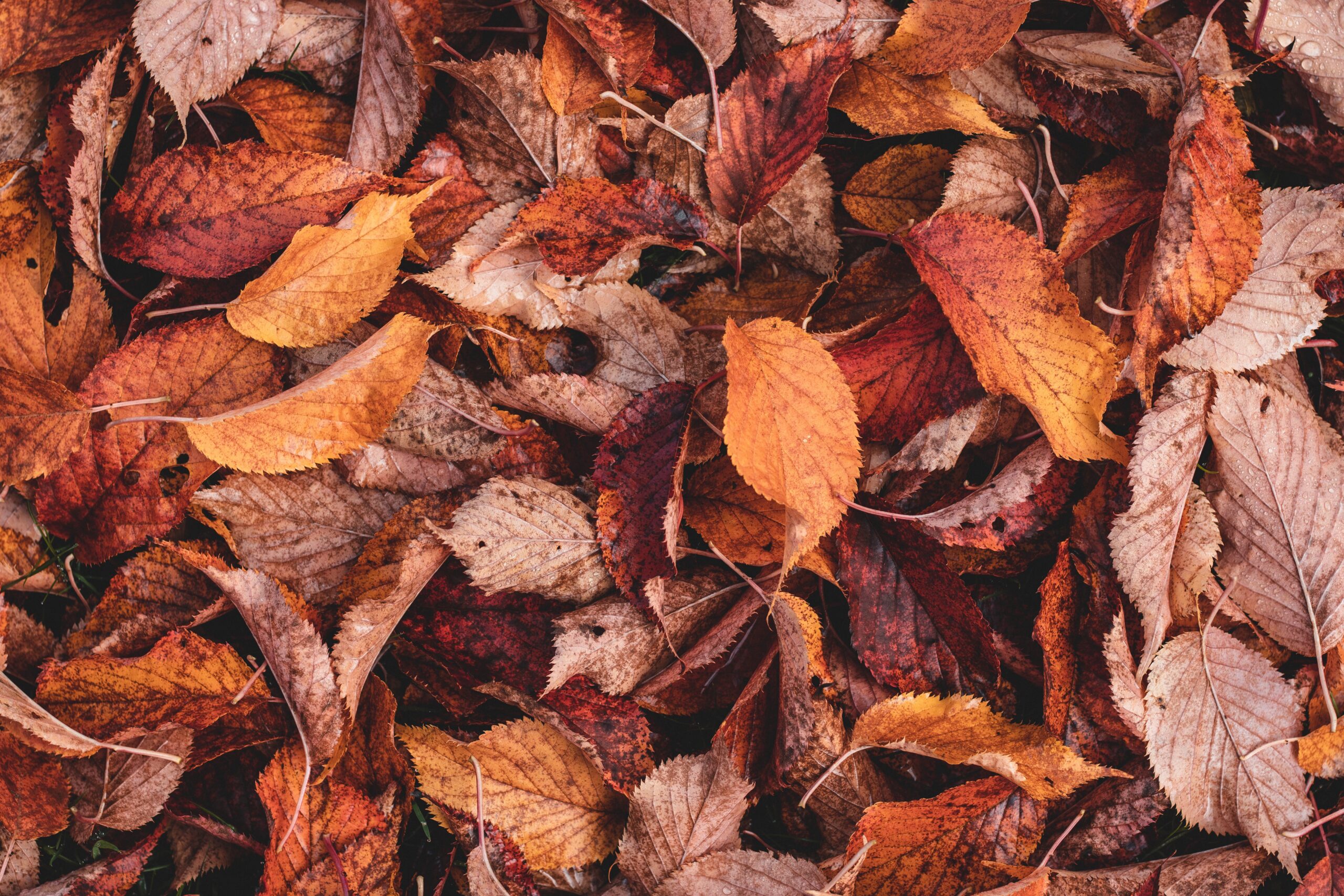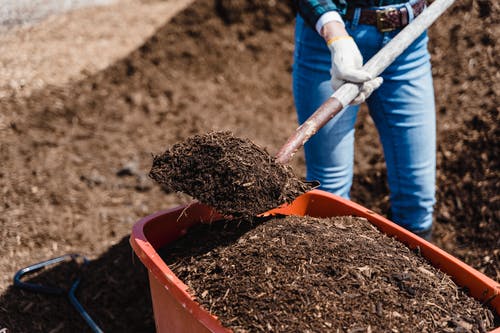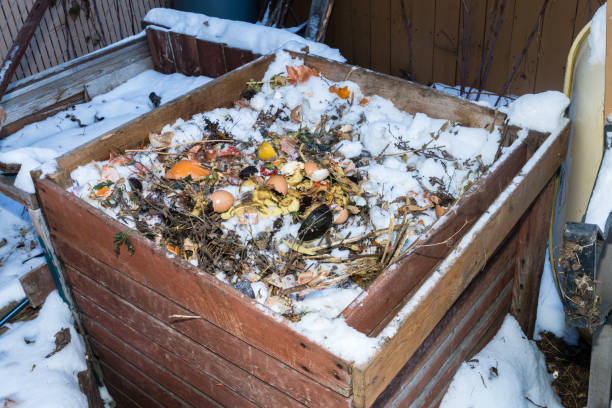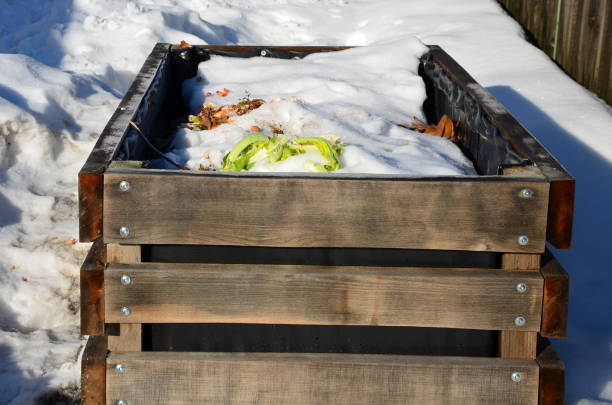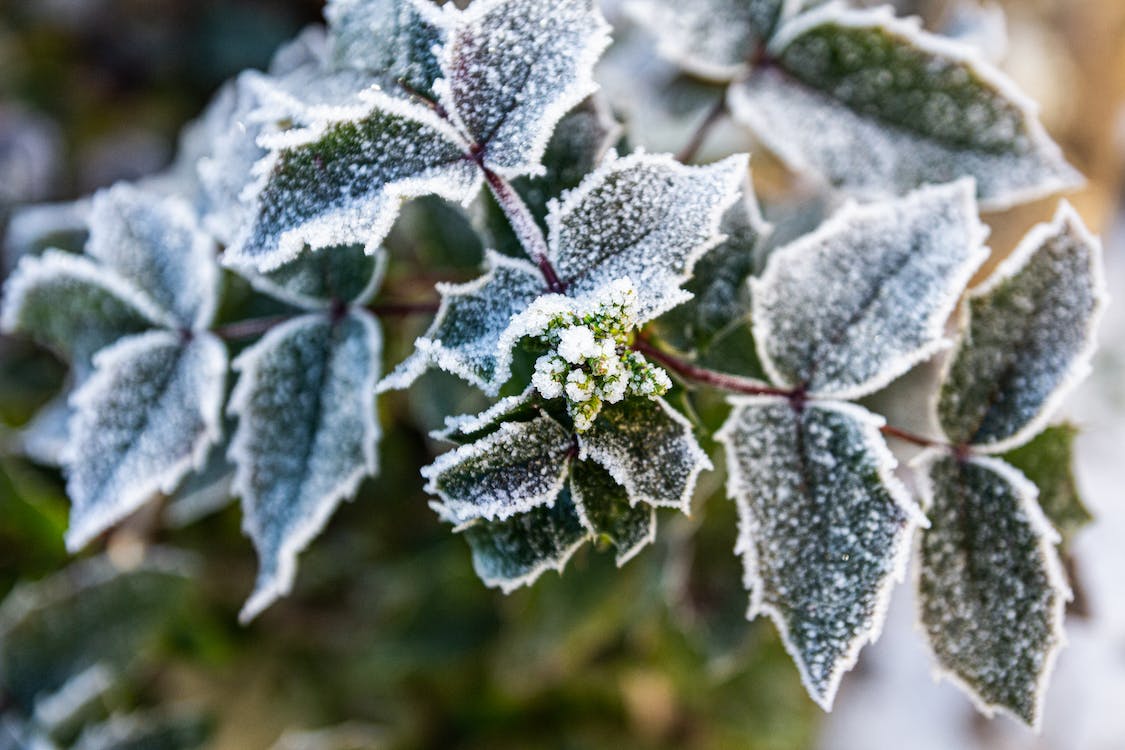~ September 6th 2022 – Blog by UCRRA Director of Sustainability, Angelina Brandt~
With every passing day, we’re getting closer to a beautiful Autumn season in New York. We may not like the thought of colder days and getting ready for winter, but the Fall is an important time for gardeners and backyard composters. You may be wondering; Will I be able to maintain my compost pile in the frigid weather? Are there things I should be doing now to get ready for winter composting? What are some tips to keep compost cooking, even as the temperatures drop?
Composting is ‘trickier’ in the wintertime….
- Harsh winds carry cold air throughout your compost pile
- Cycles of freezing/thawing/melting make it hard to balance moisture in the compost pile
- Snow and ice packs on top of bins and piles make it hard to mix & turn
- The snow is too deep, it’s too cold, it’s too slippery… and you just don’t want to make the trek to the compost bin!
- Composters run the risk of running low on leaves, yard waste, and browns, which are an important piece of your composting recipe
- Pile gets larger due to slow decomposition
The heat-loving microbes in the compost pile are more likely to go dormant in the winter but can stay active through most of the Fall. Soil bacteria and fungi will also be pretty inactive, but can survive as spores through the winter, so they can rejuvenate the composting food web once the weather warms back up. Anything you put into the compost bin/pile will freeze and thaw. On a positive note, this freezing/thawing will shred the material nicely, so you don’t have to fuss over cutting the food into smaller pieces; everything will naturally decompose faster come Spring. But what should you do right now??
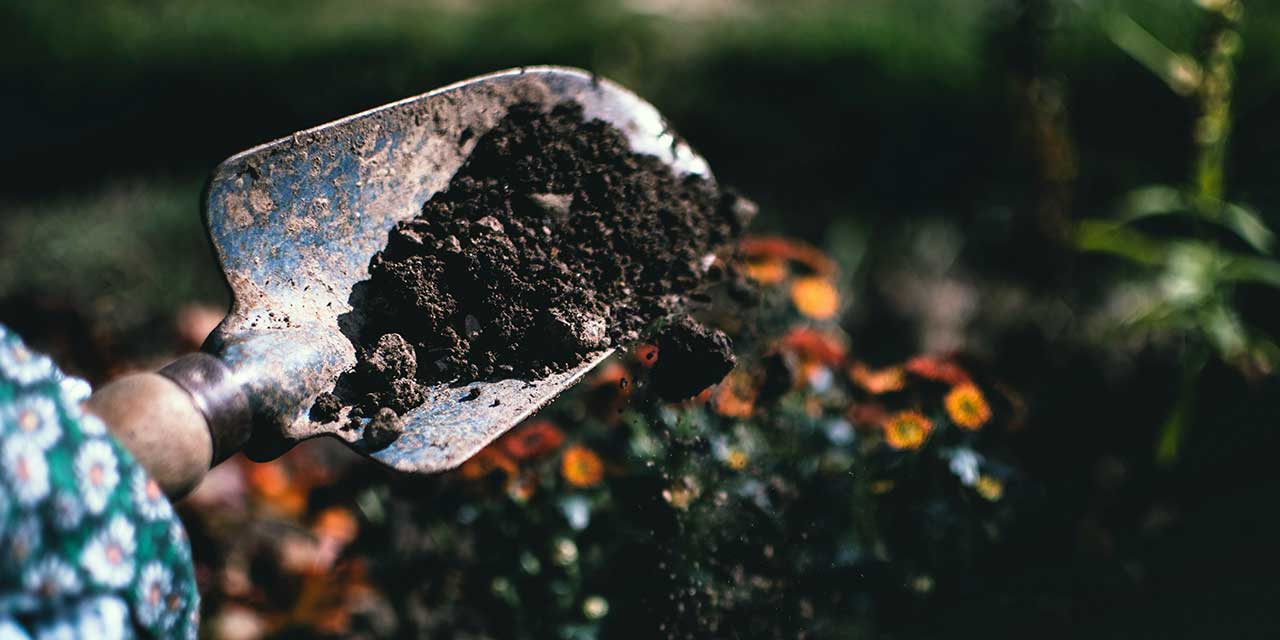
TIP #1: For a fruitful garden in the Spring, harvest and apply your compost in the Fall
You will need the extra space in your compost bin or pile, because decomposition slows in colder weather. Harvest any finished compost you’ve made throughout the year. Adding compost to your growing areas in the Fall has many benefits!
- Using compost like a thick mulch blanket helps to slow the leaching of nutrients during winter months. As rain and snow fall on the garden beds, nutrients from this new top layer will work their way down into the soil and help prevent nutrients from being washed away.
- Fall application provides extra time for the compost to transition into humus as soil microbes work on the compost, leading to better soil structure and higher nutrient levels in the Spring.
- Compost can help adjust the pH of your soil to enhance nutrient absorption by plants.
- Putting compost on empty beds in the Fall will also keep weeds from emerging!
A rate of 1-2 tons compost per acre is common practice, or check out our guidelines for using finished compost.
TIP #2: Stock up on Fall leaves and other ‘browns’
Master Composters know that the secret to fast, hot composting is a balanced recipe of browns and greens. Different plant materials will impart different physical or chemical qualities to the composting process, which is why we often refer to plants as browns or greens. Brown materials are dry, woody plant materials – think dry leaves, twigs, woodchips, pine cones, straw, etc. Browns become a source of carbon for soil microbes, and since most biological organisms need 25x more Carbon than Nitrogen, Brown materials should make up 3/4 of the materials in your compost pile. Food scraps (which add nitrogen and are referred to as greens) should really only make up about 1/4 of the pile by volume. So, how do you have enough browns to keep composting all winter long?
- Take the opportunity when leaves are abundant. As soon as leaves start to fall, collect dry leaves in Lawn & Leaf bags, large brown craft paper bags, or upcycle an old storage container. Note: oak leaves have a higher C:N ratio, and contain tannins that are resistant to decay. It’s okay to compost oak leaves, just expect them to break down slower
- Try to store leaves in a dark, dry space. A barn or garage is ideal.
- If harvesting leaves at-home isn’t an option, check with your municipality about pickup and collection of leaves. You might be able to access leaves collected curbside.
- Ask your friends or neighbors if they want their leaves. Make a post on social media, or simply stop by to chat with your neighbor about composting and see if they’d like to donate their leaves.
- Save newspapers as a back up supply of browns. The natural, soy-based inks commonly used in newspapers today is not a concern for composting. Just skip the magazine/shiny quality of paper and stick to newsprint or unbleached junk mail.
- If you’re running low on other browns, buy a bag of natural mulch/woodchips as a back up supply of browns!
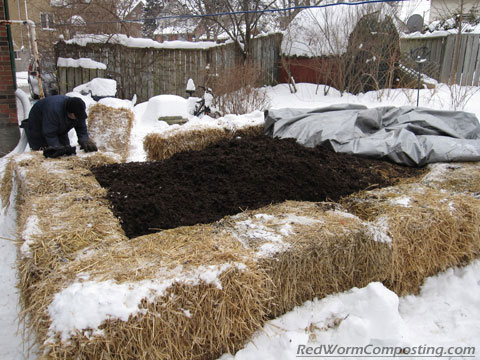
TIP #3: Make some shelter for your bin or pile
Frigid cold wind will carry cool air into your compost pile, which slows or stops the composting process completely. Sometimes, the outside of the bin may freeze which can make it harder to get inside the bin to add new material. But there are many ways you can create a windbreak to protect the pile from the harsh winds of winter.
- Move the bin or pile up against a fence or a building. It’s easy to move your compost bin once you’ve emptied it (per tip #1).
- Insulate the bin or pile. You can use straw/hay bales, or Lawn & Leaf bags if you have extra.
- Cover the bin or pile with a large tarp. This helps keep the snow pack from melting into the pile, which would create a high-moisture condition you want to avoid. Covering your pile with a tarp can also help keep critters out, and in general stops seeds from sprouting in the pile.
TIP #4: Limit your trips outside
Composting can start to feel like more of a chore when you have to tromp through several feet of snow to get to the compost bin! To reduce your trips outside in the winter weather, consider collecting food scraps in a larger bucket, or making a pre-batch that can be added to the compost pile later.
- A small, sealed five gallon bucket is very convenient and large enough to hold up to two weeks of food scraps.
- Keep the sealed container in a convenient place, like in the garage, on a back porch, near a back door, etc.
- Drill some holes in the lid of the bucket to allow some air to move through the bucket. Airflow will help reduce odors!
- An outdoor location (like a back door) is also helpful to reduce odors because if it’s cold enough outside, the food scraps will start to freeze, and odors will be undetectable.
- Make a “pre-batch” by adding a layer of browns (like fine sawdust) on top of every layer of food scraps.
- Look into bokashi options. Bokashi bran is a compost accelerator than can be used during the winter in your “pre-batch” system.
- Dump the contents before the bucket gets too heavy! Once the material is added to your bin or pile, cover with more Browns.
- If you’re unable to make these adjustments to your composting system, look into vermicomposting options – and compost indoors all year round! Or find a local food scrap drop off site and let someone else do the composting for you in the wintertime.
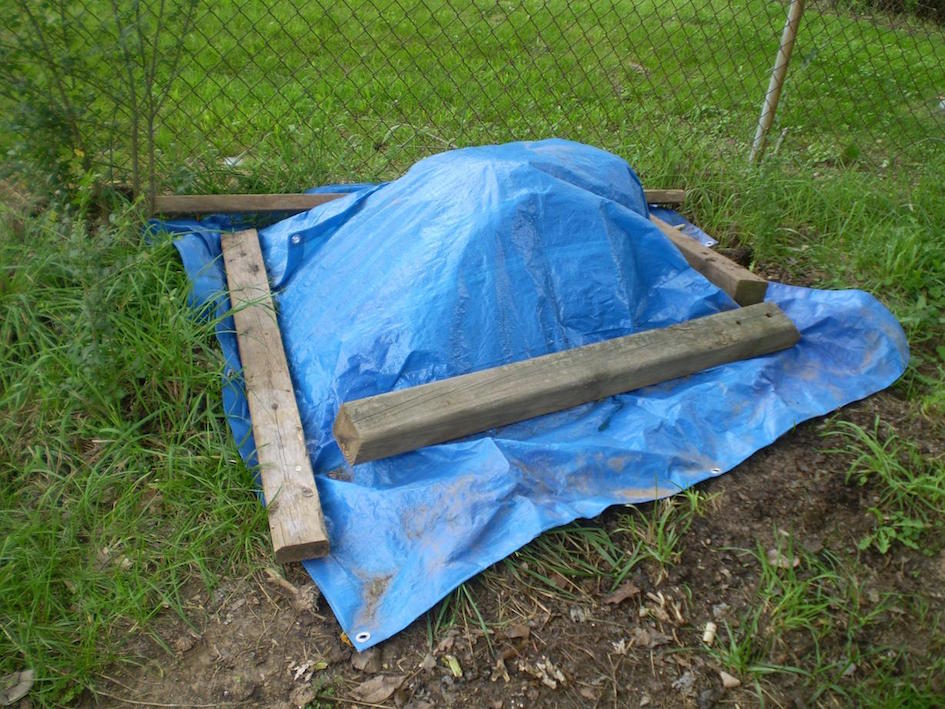
TIP #5: Don’t turn an open pile in the dead of winter…wait until Spring
Under normal conditions, turning and mixing your compost pile is important maintenance and can help speed things up. But in the winter, the pile will be very cold or possibly even frozen solid. Turning/mixing the pile will only result in more heat loss and will expose food buried in the center of the pile, which may be attractive to pests. When you’re adding food scraps to your pile throughout the winter, make sure you are always covering food scraps with a layer of browns. Then, at the first signs of Spring…
- All the snow begins to melt, and that’s when you run the risk of the pile getting too wet. Add more Brown materials all around the pile.
- Give the pile a thorough mix. Move the materials in the center of the pile out towards the edges of the pile, and move the outer surface materials into the center of the pile.
- Let this material break down completely. Consider starting a new pile for fresh, new materials. Adding new materials to this pile will delay your timeline for when the Fall-Winter batch of compost is ready to use.
Remember, composting takes time and the compost process slows in cold weather but doesn’t have to prevent you from working on making that Gardener’s Black Gold. Under ideal composting conditions, you can make finished compost in as little as 4-8 months (or less if composting with worms). With more passive management or stubborn feedstocks, it can take up to 1.5 years to make finished compost. If Spring rolls around and your compost is not ready yet, visit Ulster County Resource Recovery Agency and check out our Grow Ulster Green Compost!
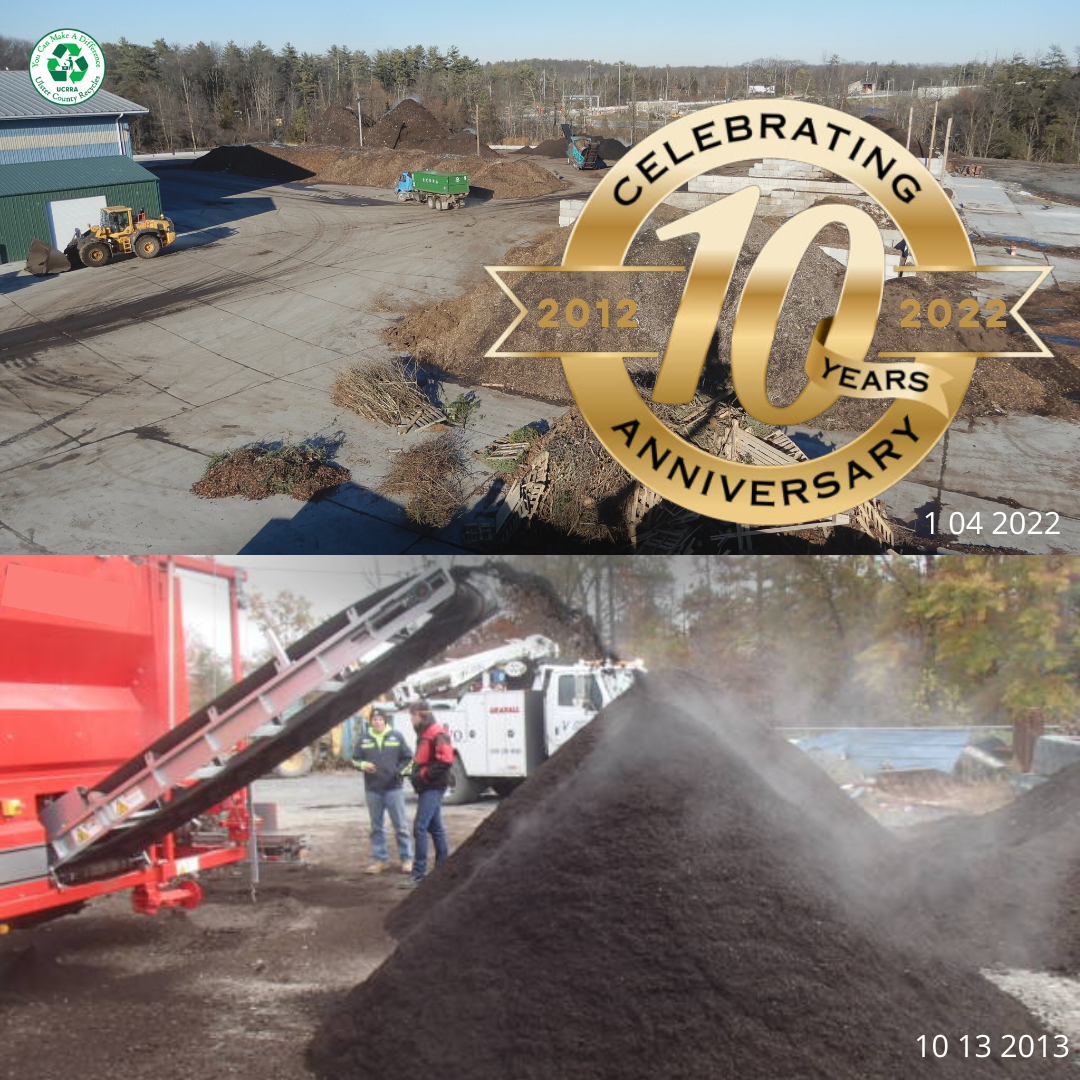
Ulster County Resource Recovery Agency is celebrating it’s ten year composting anniversary! Over the past 10 years, UCRRA has composted 47.5 million pounds of food scraps and has produced over 22 million pounds of finished compost. If this material were landfilled instead of recycled, it would have required 679 tractor trailer trips for disposal, consuming more than 64,000 gallons of fuel, traveling over 325,000 miles (enough to circle the Earth 13 times. According to the EPA, the total CO2 emissions avoided is equivalent to the CO2 emissions from burning 42,065,457 pounds of coal; or the emissions avoided by 10.3 Wind turbines running for a year; or the carbon sequestered by 44,994 acres of U.S. forests in one year.

